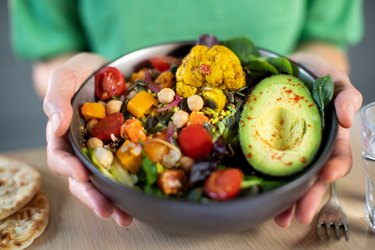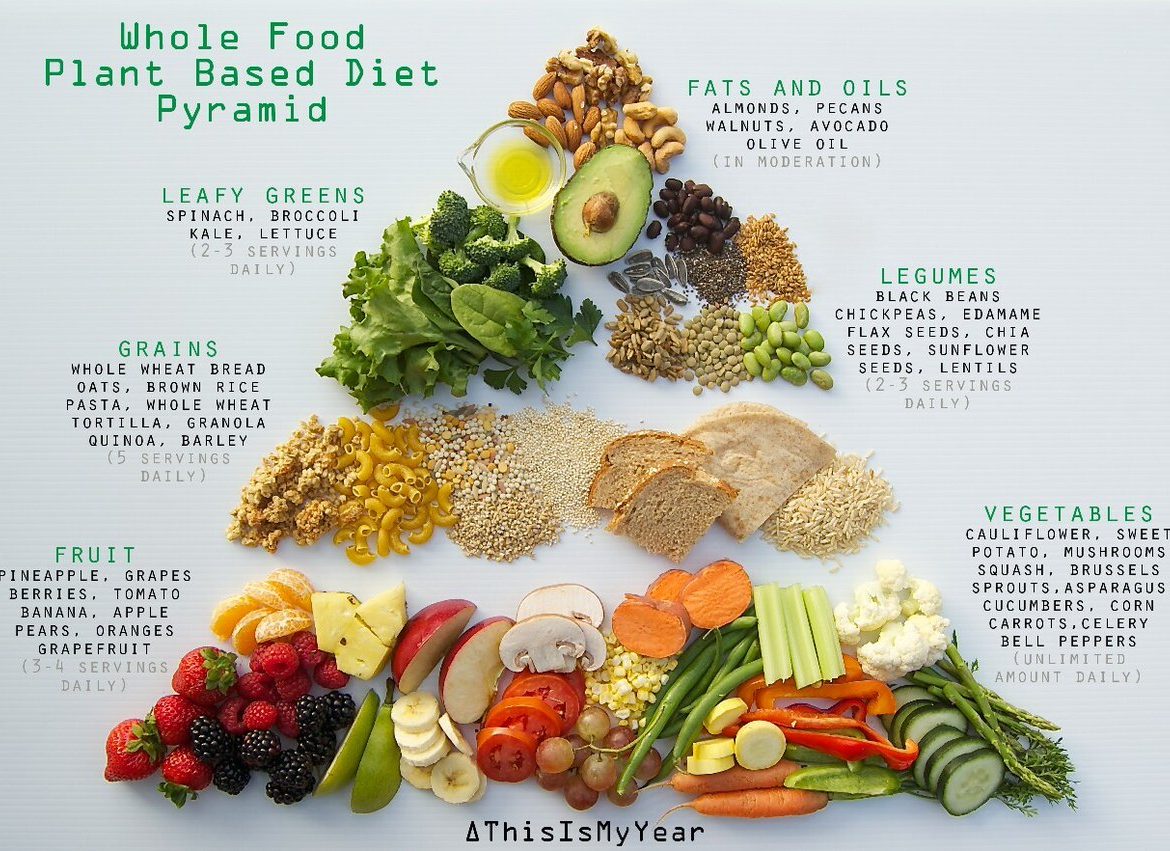
If you have been diagnosed by cancer, a lactoovo vegetarian diet could be the right choice. A vegetarian diet is rich in protein, which can lower your chance of getting cancer. It is also known that it can improve blood sugar levels and reverse atherosclerosis. However, there are some things you should know before you begin this diet. There are many foods available that contain animal products. It is a good idea to consult a professional or doctor if you aren't sure which type is right for yourself.
This causes the body to experience an energy shortage
The Lacto Ovo vegetarian meal plan works by maximizing fat loss. The downside is that you may feel uncontrollable hunger even if your diet contains lower calories. But, this diet is high-in fiber, roughage and nutrients. It's an excellent choice for the post-competition period, especially for those who don't want meat.
While meats are essential for our diet, it is also true that they consume a lot of fossil energy. They are therefore unsustainable long-term. Nearly 1.3 billion people are employed in animal agriculture, which is a significant economic force in many countries. The water and land needed to raise livestock are also important. Also, a meat-based diet is not sustainable.

It improves blood sugar levels
Researchers have found evidence that a low-fat, lacto-ovo vegan diet may help lower blood sugar levels. This diet reduced HbA1c, the blood sugar measure used to measure glycated hemoglobin, as well as fasting blood glucose levels. This was a significant decrease in HbA1c. The researchers found an average reduction of 0.39% in HbA1c between groups of patients. They also found significant reductions in markers of oxidative stresses, such as superoxide dismutase. This is critical for developing complications of diabetes.
Vegetarian children are more likely to consume less saturated fat per day than their omnivorous peers. This could be a problem for vegan children, who should avoid dairy products and eggs that contain cholesterol and saturated oils. Instead, they should choose partially skimmed milk rather than whole milk. Another benefit of this diet is reduced risks for cardiovascular and chronic diseases. People with Type 1 Diabetes may find this benefit particularly useful.
It reverses atherosclerosis
Recent research shows that patients suffering from ischemic heart disease can reverse atheroclerosis by eating a lacto-ovo vegetarian diet. The diet can also lower future cardiovascular risk. The lacto ovo vegetarian diet has been shown improve blood glucose and lipid profile. It has also been shown that it can reduce LDL C and inflammation. Therefore, it is a good option for people with CAD.
A study conducted by Dr. Dean Ornish showed that the lacto-ovo vegetarian diet reverses atherosclerosis in patients with visible plaques. The patients in the study had to eat a diet that contained less than 10% fat. They also had to learn how stress can be controlled. A strict vegan diet, however, can cause nutritional deficiencies. A vegan diet can also cause deficiencies in vitamin D, iron, zinc, or zinc.

It decreases the incidence of cancer
Some types of cancer may be reduced by the Lacto ovo vegetarian diet. This type of diet is similar to the meat-eating Western diet and is associated with a lower cancer incidence. Many studies have shown that this diet can reduce your risk of developing breast cancer. EPIC Oxford Study, a prospective cohort study with over 25,000 individuals, found that a low-fat, lacto-ovo vegan diet had a lower rate of colorectal and other forms of cancer than a non-vegetarian.
A new study found that a vegetarian diet could reduce the risk of developing colorectal Cancer by 20%. Healthy vegetarian diets may reduce the risk of colon cancer and rectal cancer. However, there is no proof to support this claim, and further studies are needed. However, it is possible that vegetarians are not entirely safe. Fish-eaters, for instance, could be at higher risk of developing colorectal carcinoma.
FAQ
What does it take to make an antibiotic work?
Antibiotics are drugs which destroy harmful bacteria. Antibiotics are used to treat bacterial infections. There are many options for antibiotics. Some are taken orally, some are injected, and others are applied topically.
Antibiotics can often be prescribed for people who have been infected with certain germs. One example is if someone has had chickenpox and wants to prevent shingles. Penicillin might also be administered to someone with strep throat. This will help prevent the possibility of developing pneumonia.
A doctor should give antibiotics to children. The possibility of side effects that can cause serious side effects in children is greater than for adults.
Diarrhea, the most common side-effect of antibiotics, is probably diarrhea. Side effects of antibiotics include diarrhea, stomach cramps and nausea. These symptoms usually go away after treatment ends.
What are 10 healthy habits?
-
Every day, eat breakfast.
-
Don't skip meals.
-
Eat a balanced, healthy diet.
-
Get lots of water.
-
Take care of your body.
-
Get enough sleep.
-
Stay away from junk food.
-
Do some exercise every day.
-
Have fun
-
Make new friends
How often should you exercise?
For a healthy lifestyle, exercise is vital. You don't have to exercise for a certain amount of time. The key is finding something you enjoy and stick with it.
It is a good idea to exercise at least three times per week. Then, you should aim to do between 20 and 30 minutes of moderate-intensity activity. Moderate intensity will mean that you'll continue to be exerting yourself afterward. This type works out burns around 300 calories.
Walking is a great option if you are a keen walker. You can do 10-minute walks four days per week. Walking is easy on the joints and has low impact.
Jogging three times a week for 15 mins is enough if you want to run. Running is a great exercise to build muscle tone and burn excess calories.
If you're not used to exercising, start slowly. You can start with only 5 minutes per week of cardio. Gradually increase duration until you achieve your goal.
Why does our weight change as we get older?
How do you tell if there are any changes in your bodyweight?
When there is more muscle mass than fat, weight loss can occur. This means that the daily calories consumed must not exceed the energy used. The most common cause of weight loss is decreased activity levels. Other factors include stress, pregnancy and hormonal imbalances. A person who has more fat than their muscle mass will experience weight gain. It happens when people consume more calories in a day than they actually use. Overeating, increased physical activity and hormonal changes are all common reasons.
We eat less calories than we burn, which is the main reason our bodies lose weight. When we exercise regularly, we increase our metabolism rate which burns off more calories throughout the day. This does not necessarily mean that we will get thinner. All that matters is whether we are losing or gaining weight. We will lose weight if we burn more calories than we consume. If we consume more calories that we burn, then we are actually storing them in fat.
As we age, our ability to move around is slower and we are less mobile. We also tend to eat less food than we did when we were younger. As a result, we gain weight. We also tend to look larger because we have more muscle.
There is no way to measure how much weight your body has lost without weighing yourself every week. There are many methods to measure your weight. You can measure your waist, your hips and your thighs. Some people prefer using bathroom scales and others prefer tape measures.
Track your progress by measuring your waistline and weighing yourself every week. You can also take photographs of yourself every few years to track how far your progress has been.
You can also find out how much you weigh by looking up your height and weight online. For example, if your height is 5'10", and your weight is 180 pounds, then you'd probably be 180 pounds.
Statistics
- WHO recommends reducing saturated fats to less than 10% of total energy intake; reducing trans-fats to less than 1% of total energy intake; and replacing both saturated fats and trans-fats to unsaturated fats. (who.int)
- nutrients.[17]X Research sourceWhole grains to try include: 100% whole wheat pasta and bread, brown rice, whole grain oats, farro, millet, quinoa, and barley. (wikihow.com)
- This article received 11 testimonials and 86% of readers who voted found it helpful, earning it our reader-approved status. (wikihow.com)
- According to the 2020 Dietary Guidelines for Americans, a balanced diet high in fruits and vegetables, lean protein, low-fat dairy and whole grains is needed for optimal energy. (mayoclinichealthsystem.org)
External Links
How To
How to stay motivated for healthy eating and exercise
Here are some motivational tips to stay healthy
Motivational Tips For Staying Healthy
-
Create a list of your goals
-
Realistic goals
-
Be consistent
-
When you achieve your goal, be kind to yourself
-
Even if you make a mistake, don't quit!
-
Have fun